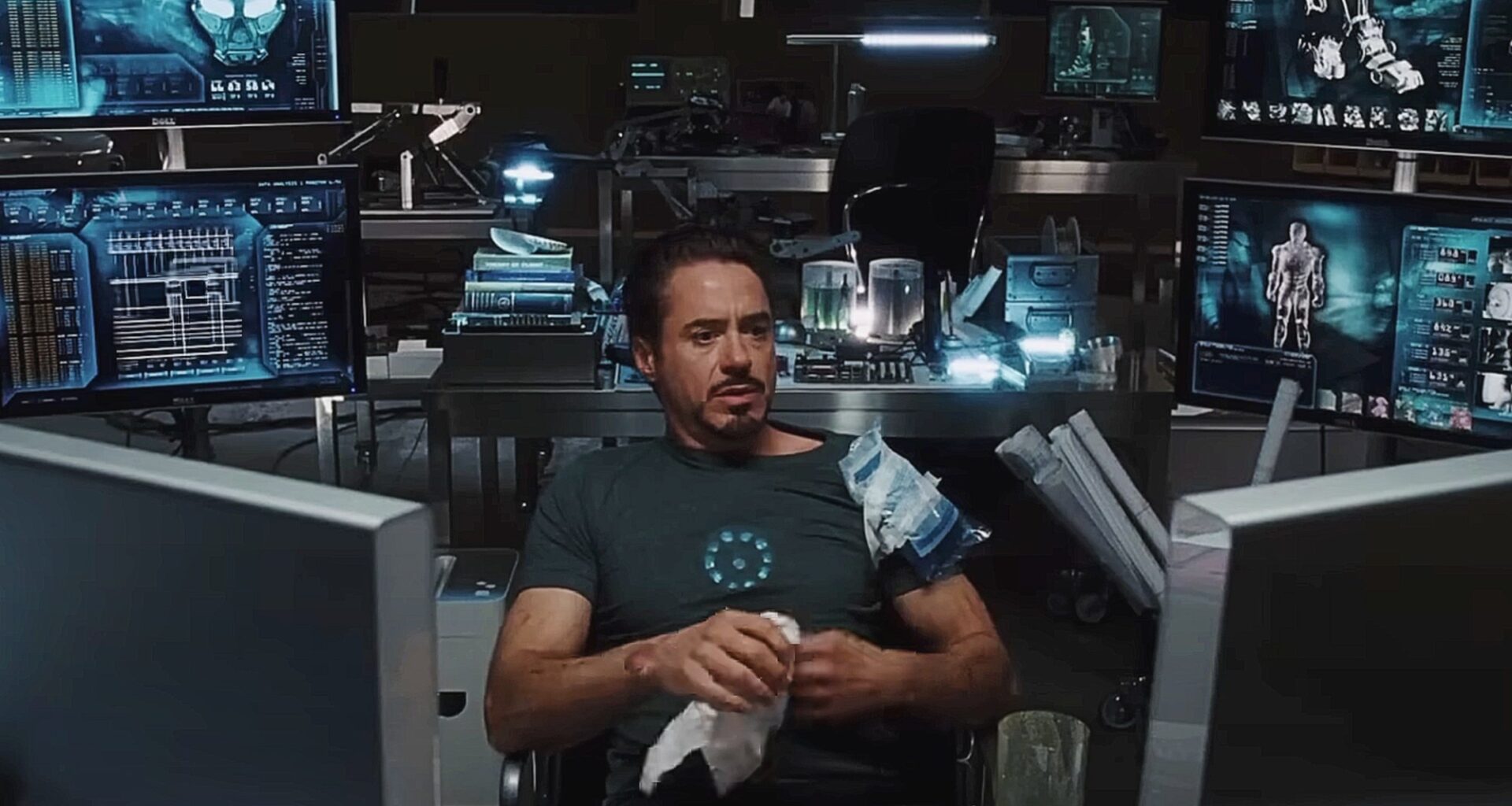While the emphasis in superhero and superhero-adjacent comic books from DC, Marvel, and other mainstream publishers has always been on super-powered individuals, these stories have also embraced technology — especially cutting-edge innovations that often enhance abilities or substitute for superpowers. Many of the technologies introduced in comics once seemed outlandish, yet more than a few have — whether influenced by comics or not — ultimately been created. Few readers at the time would have believed that Spider-Man’s “spider-tracers” would one day resemble Apple’s Air Tags; however, superhero comics have also proven surprisingly adept at predicting broader technological revolutions.
The technological revolution referenced here is the internet—arguably the most profound technological revolution in human history. While the idea seems quaint now, before the mid-1990s, when the World Wide Web became widely accessible to the public, it was a concept unimaginable to most, though it was, as the list below indicates, on the radar of at least a few comic book creators.
5) Dick Tracy’s Wristwatch
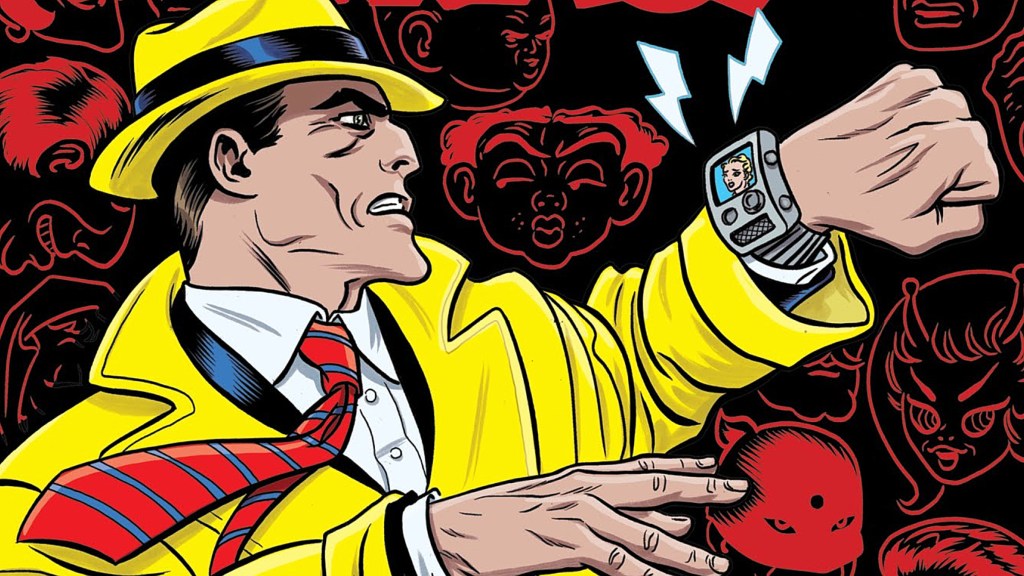 courtesy of idw publishing
courtesy of idw publishing
If there’s any comic book you’d least expect to predict — let alone accurately predict — the internet, it’s Chester Gould’s Dick Tracy. Originally debuting as a newspaper comic strip, the story followed a smart, tough, and grizzled detective as he battled an eclectic mix of robbers, thugs, and underworld crime bosses. While the strip quickly became a classic thanks to its compelling storytelling and memorable villains, it seemed far removed from anything resembling advanced technology. At the time, there was nothing in Dick Tracy that hinted at innovations remotely similar to the internet, making its later tech-forward turns all the more surprising.
However, in 1946, Dick Tracy introduced a piece of technology that not only foreshadowed the internet but also anticipated its most advanced form: mobile internet. Chester Gould unveiled Tracy’s iconic “two-way wrist radio,” a wearable communication device that allowed him to stay in real-time contact with his colleagues. In 1964, the watch was upgraded to a “two-way wrist TV,” enabling face-to-face communication in a way strikingly similar to Apple’s FaceTime or Google Chat on modern smartphones. While the watches themselves were not connected to the internet, the underlying concept of instantaneous, mobile communication mirrored the web’s core functionality. Tracy’s devices were not identical to today’s smartwatches, which rely on internet connectivity for much of their utility, but they predicted the possibility that such technology would one day become reality.
4) Batman’s Bat-Computer
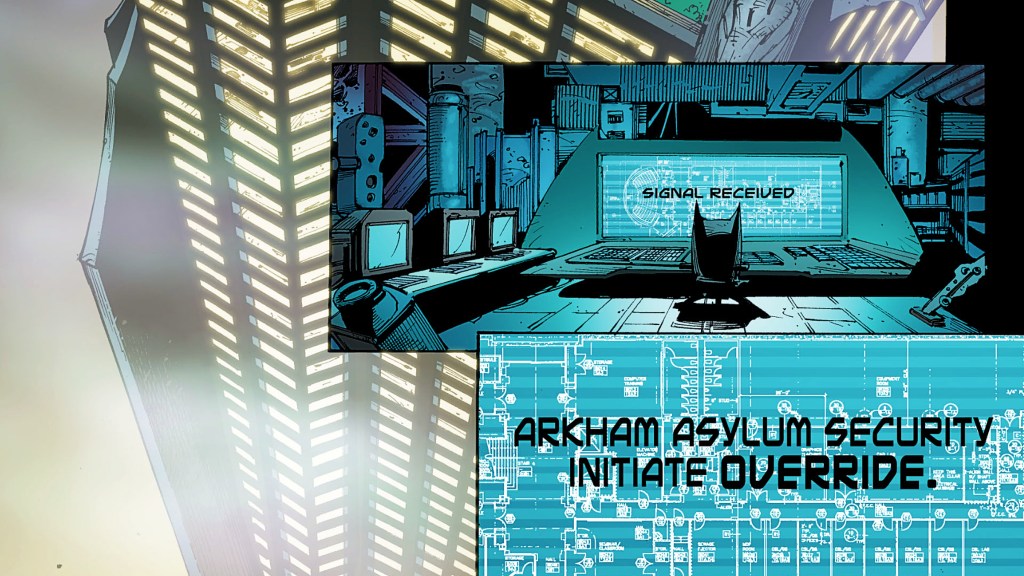 courtesy of dc comics
courtesy of dc comics
Despite never being born with or later obtaining superpowers, Batman has consistently proven himself to be among the all-time greatest superheroes. While much of his success stems from his experience, intelligence, and physical training, his crime fighting ability is also significantly aided by technology. Indeed, it’s arguable that technology is Batman’s superpower — at the very least, it’s the difference between life and death, success and failure in many of The Dark Knight’s operations over the years. So it should come as no surprise that Batman and Batman Family comics have a great track record of predicting the internet.
A prime example is the famed Bat-Computer, which first appeared in Batman #189 (1940), just as the concept of the internet was beginning to take form in real life. Initially, Batman used the computer in a manner more recognizable in today’s AI-centric world; it was used to scan information and produce summaries and analyses according to the inputs it was given. However, in the years since its debut, it has evolved into a technology we would now consider ineffective without an internet connection. It became a searchable, networked system with global access to police, financial, and personal records — all retrievable by Batman from anywhere using natural language queries.
3) Oracle’s Computer Station
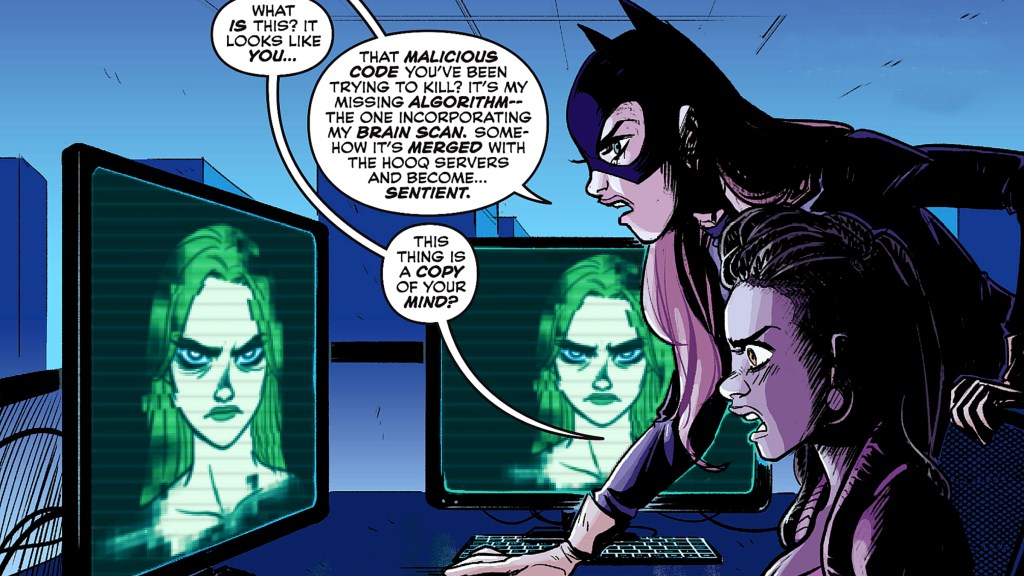 courtesy of DC Comics
courtesy of DC Comics
While Barbara Gordon’s Batgirl operated under her own principles and strategies, as a member of the Bat Family, she also made extensive use of the technology that Batman provided. Nowhere was this more evident than in the aftermath of the Joker’s attack on Barbara Gordon in Alan Moore’s The Killing Joke, which left her partially paralyzed and confined to a wheelchair. Unable to operate as she once did as Batgirl, she retired from being a frontline crime fighter. However, as detailed in John Ostrander, Kim Yale, and Luke McDonnell’s Suicide Squad #23 (1987), Barbara found a new space to continue the fight as the computer wizard and information specialist known as “Oracle.”
In a remarkably prescient vision of the internet, Gordon’s tech setup in the Gotham Clocktower would be instantly recognizable to anyone using a computer today. Her multi-screen computer rig anticipated the standard workstations now common in contemporary businesses, home offices, and video game streaming rooms. Beyond the hardware, Gordon’s systems operated through networked connectivity – essentially an early conceptualization of the internet. She became the quintessential information hub of the DC Comics universe, receiving and transmitting digital data in real time from global sources to anyone who needed it, regardless of their location.
2) Iron Man’s Networked Armor
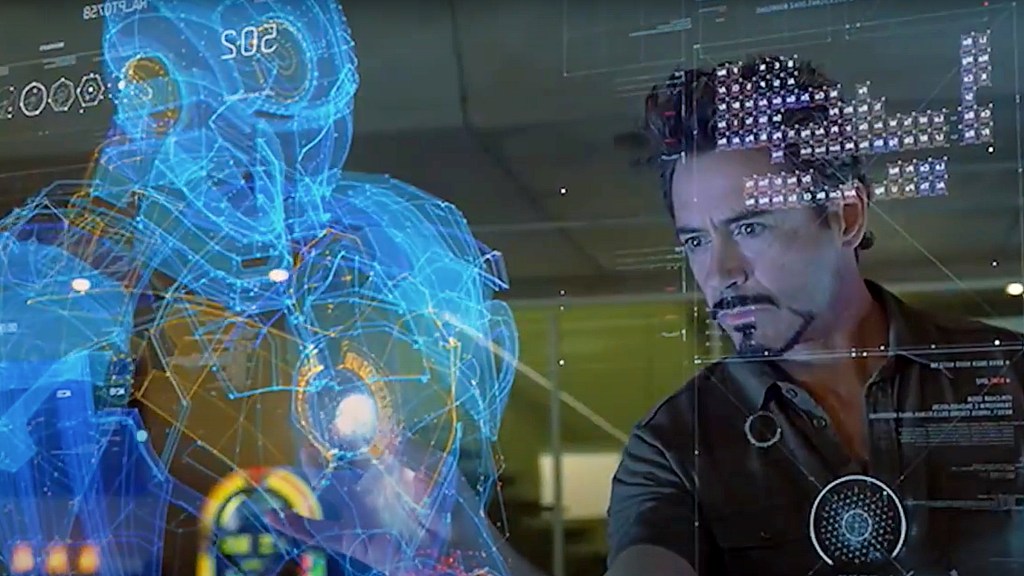 courtesy of marvel studios
courtesy of marvel studios
Iron Man is the natural poster boy for superheroes whose “superpower” is rooted in, or significantly enhanced by, technology. The original gray Model I Armor, which debuted in Stan Lee, Larry Lieber, and Don Heck’s Tales of Suspense #39, was a fully self-contained unit designed to operate independently. However, subsequent Iron Man suits required increasingly advanced data integration to perform at maximum efficiency. To function effectively, the suit must continuously deliver information — from GPS coordinates and surrounding topography to details about an opponent. This data cannot simply be stored within the armor; it must be accessed through a network capable of quickly pulling information from multiple sources and pushing it to the suit in real time.
Iron Man’s comics predicted the internet’s future with even greater depth in several forward-looking story arcs. The first is the “This Year’s Model” arc by Len Kaminski and Kevin Hopgood in Iron Man (1968) #290-291. This story introduces the NTU-150 armor, which allows Tony Stark to operate the suit remotely from his hospital bed. In accurately forecasting the internet, this model foreshadowed key concepts like remote access, online video — functions that would only become possible with a super-fast and stable internet. It also predicted the rise of drones, which would be impossible to operate as we know them without this underlying technology. Then, in Ken Kaminski and Tom Morgan’s “The Iron Legion” story arc, which ran in Iron Man (1968) #300, the iconic modular armor communicates between parts using real-time access to remotely located databases. In addition to foretelling the Internet of Things (IoT), it also predicted with cutting accuracy the idea of the always-online internet, since there was no way any part of the armor would be able to operate simply by turning it on.
1) JLA ‘s Satellite Computer Network
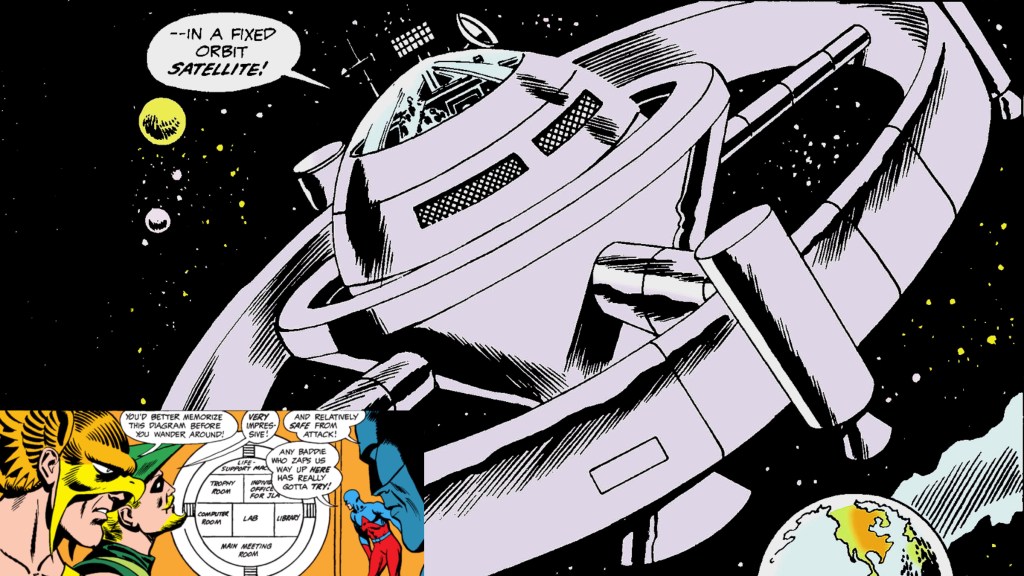 courtesy of DC Comics
courtesy of DC Comics
If any comic series were expected to depict internet-like technologies, it would be those featuring teams like the Avengers or the Fantastic Four, who routinely confront global and interstellar threats. Given the scale of their operations, an advanced information and communication system akin to the internet seems essential. While these titles have incorporated internet-adjacent technologies, it is the Justice League of America (JLA) whose portrayal of technological systems has proven more prescient — more accurately anticipating the structure and function of the internet as we know it.
The earliest example of JLA technology that predicted the internet is the JLA Satellite Computer Network. Introduced in Justice League of America (1960) #77–78, after the Joker compromised their original headquarters, the League relocated to a massive orbiting space station that became known as the Satellite. The Satellite housed the team’s enormous computer mainframe, which monitored events on Earth, maintained communication with members across the globe, and provided instant access to information for those stationed in orbit. The JLA computer’s ability to instantly retrieve structured data on people, places, and events — combined with its continuous global feed — strongly anticipated the internet, complete with the search engine and newsfeed functionality we rely on today.
What do you think? Leave a comment in the comment section below and come join the conversation on the ComicBook Forums!

